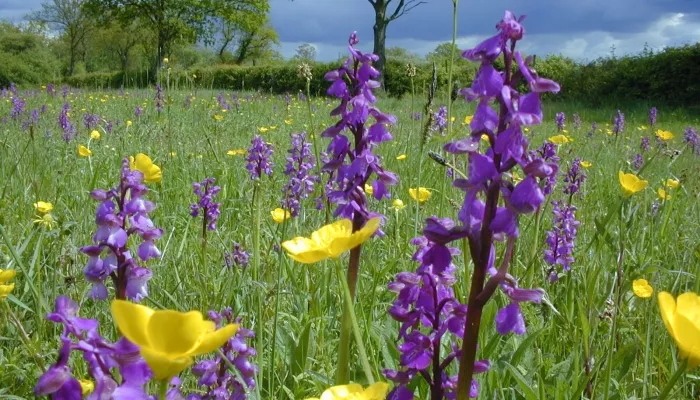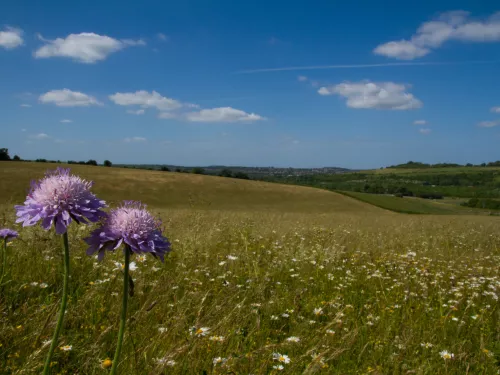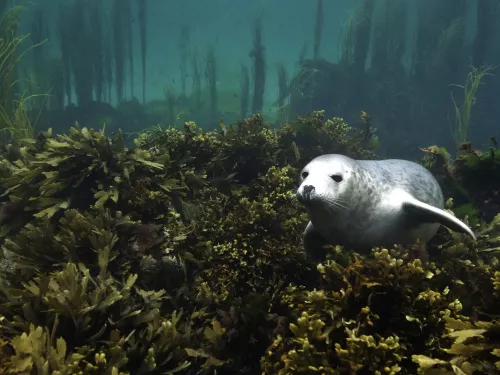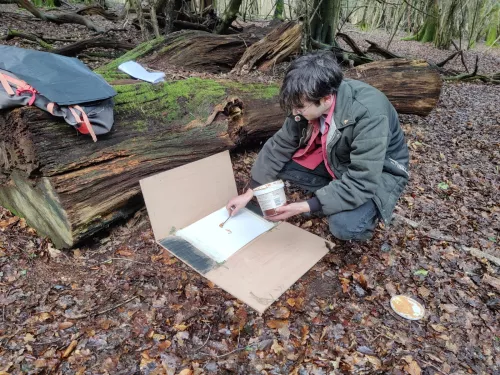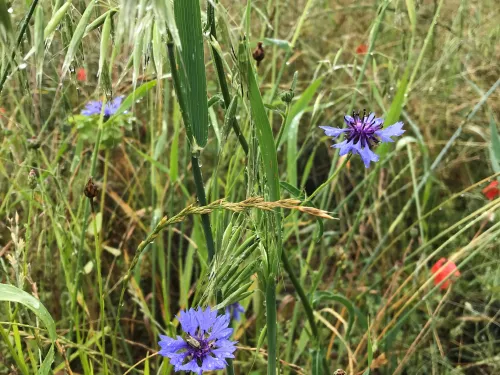
A guide to chalk downland species: From plants to reptiles
Chalk grassland – also known as chalk downland or lowland calcareous grassland – is an increasingly rare habitat and one of the richest in Western Europe. In England, it’s mostly found on the North Downs but there are also patches scattered along the East…

